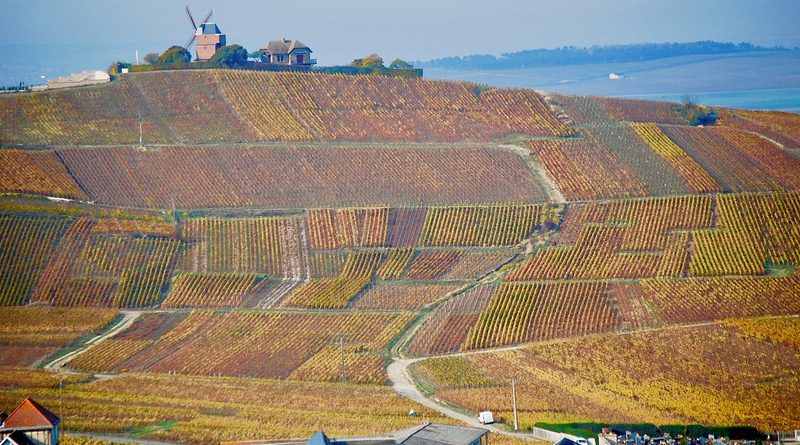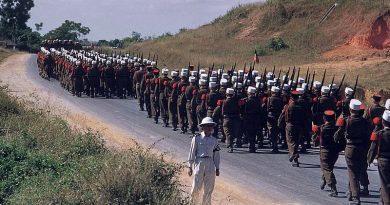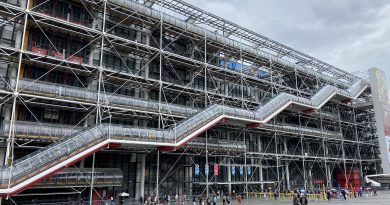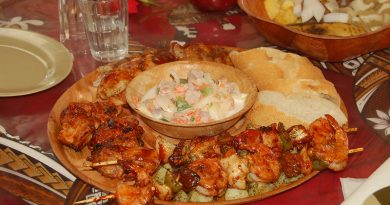The Big Fizz: Tour Champagne’s Vineyards
Food Facts
Where: Epernay, Champagne, northeast France
Varieties: Pinot noir, pinot meunier & blanc de blancs
Visiting: Visit the cellars of the great producers and the abbey where Dom Perignon is buried
Where It’s At
The Champagne region in northeast France, comprised of 25,000 to 30,000 hectares of champagne vines mostly concentrated around Reims and Epernay, is the only place in the world that is allowed to call its bubbly wine ‘champagne’.
Making Champagne
A great way to see the area is by bike. The Montagne de Reims National Park is a tranquil place to cycle round the densely packed vines. From there you can make your way to Epernay, the uncrowned king of champagne production, rivalling Reims. It has around 200 miles of cellars and tunnels cut into the chalk rock foundations of the town where world-renowned companies such as Moet et Chandon, Mercier store their finest concoctions. The two former companies conduct tours of their premises, filling you in on the process and some champagne legends. It is said that Napoleon, a friend of Jean-Rémy Moet, would stop off on his way to battle to stock up on thousands of bottles. The only time he didn’t was on his way to Waterloo and the rest, is of course, history!
Touring the Region
Three varieties of grapes are used: pinot noir is the basis of most champagne giving it strength of taste and character, pinot meunier is used in cheaper varieties and helps the wine mature faster and the white grape chardonnay makes a champagne variety called blanc de blancs. Champagne doesn’t take on its special status until it goes into a second fermentation when sugar is added which then eats up the yeast, creating carbon dioxide (giving it the bubbles). The bottles are turned a fraction each day for weeks to attract the yeast to the top of the bottle. When its risen to the top the bottle it’s frozen, opened and the yeast pops out the top.
The piece d’resistance is then added – liqueur d’expedition – a little champagne mixed with sugar. The level of sweetness dictates whether the champagne will be brut (dry), sec (sweeter) or demi-sic (very sweet). Most champagne is aged for two to three years but the most costly varieties are kept back longer.
From Epernay you can make your way to Hautvillers, a sleepy little village where a certain monk by the name of Dom Perignon (credited with the development of the champagne making process) is buried in the abbey church.
More Information
Champagne Regional Tourist Board
13 bis rue Carnot
BP 74 51006 Chalons-en-Champagne Cedex
France
Tél. : 03 26 68 37 52
Fax: 03 26 68 46 45




